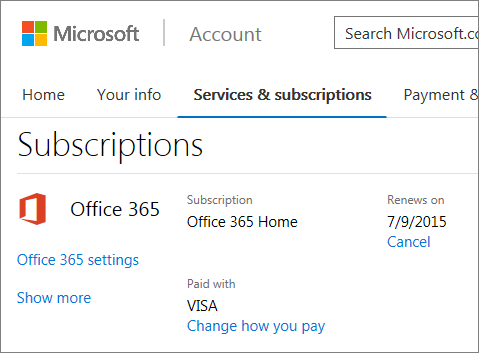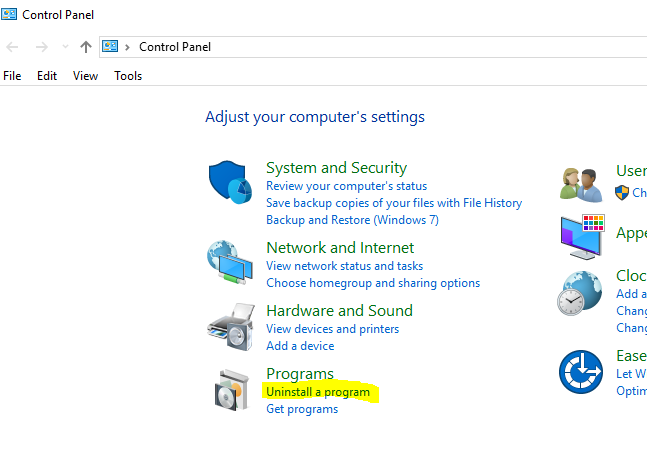

The Microsoft Office suites can leave files on your computer that, even after an uninstall.


Double-click the older version to start the uninstall wizard, and follow the prompts to uninstall the program. Find the older version of Microsoft Office in the list of programs. * You can also delete the file specifically from Trash if you want to leave other items in the Trash alone for now. To uninstall: Navigate to the Control Panel. If you still want to have and use Microsoft apps on the Mac, deleting the Microsoft AutoUpdate application may lead to some unintended consequences besides having outdated software from Microsoft, so it’s probably best to not remove it if you’re a heavy Microsoft software user, whether that’s Microsoft Office, Word, Outlook, PowerPoint, Excel, Edge, or anything else. The exact command used is 'OffScrubO16msi.vbs /all /Q /Nocancel /BYPASS 1'. Step 2 uninstalls the 2016 version of Standalone office. Its basically a bat file that uses a series of taskill commands for all of the office products. Locate “.plist” and add it to the Trash Step 1 closes out any open office programs.From the Finder, select the “Go” menu and “Go To Folder” entering the following path:.You can also delete “” if you find that running in the background on a Mac: With Microsoft AutoUpdate deleted, Microsoft AutoUpdate will no longer be on the Mac or run to update software automatically. Close the MAU folder and continue using your Mac as usual.Locate and drag “Microsoft AutoUpdate.app” to the Trash.Locate the folder named something like “MAU” or “MAU2.0” and open that directory.From the Finder of MacOS, pull down the “Go” menu and choose “ Go To Folder” (or hit Command+Shift+G) and enter the following path:.This will delete the Microsoft AutoUpdate app from the Mac: How to Remove Microsoft AutoUpdate from MacOS You can also forcibly quit the Microsoft AutoUpdate app from Activity Monitor if needed. If Microsoft AutoUpdate is currently running you’ll need to quit out of the application first.


 0 kommentar(er)
0 kommentar(er)
